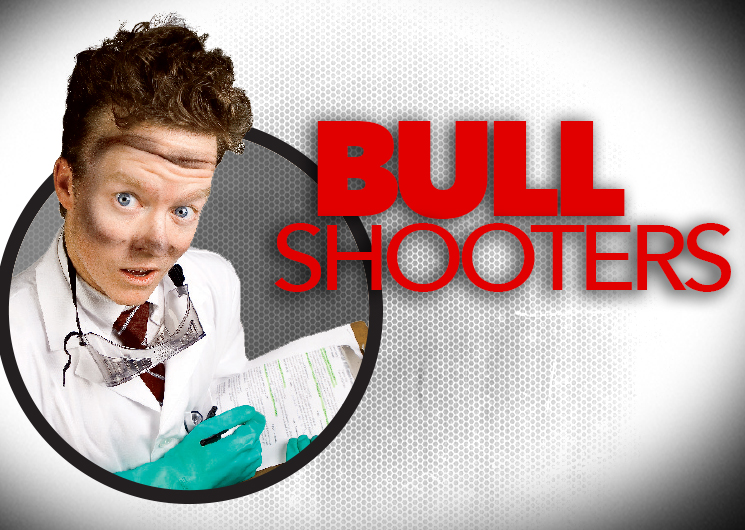
The Myth
A bullet dropped from a rifle's bore will hit the ground at the exact same time as a bullet fired from its bore.
The Origen
If you've taken high school physics, you've probably heard your teacher use this example to illustrate the counter-intuitive forces and acceleration of mass. The theory goes that if a bullet is dropped from the exact height of a rifle's bore at the exact same time a bullet is fired from the barrel parallel to the ground, the two equal-sized projectiles will strike the ground at the exact same time, despite the fact that the one that is fired will have traveled a much greater (horizontal) distance. The problem with this analogy is that it is not exact. Therefore it is wrong.
The Facts
According to the NRA Firearms Fact Book, "This would be quite true if the experiment took place in the airless environment of outer space. On the surface of the earth, where most of us do our shooting, however, the additional force of air drag must be taken into account. If air drag were directed only horizontally, it would make no difference to the speed with which the bullet falls. But because of the downward curve of the bullet's flight, and the fact that its point usually does not lie exactly in the direction of its flight, the drag has a slight upward component that resists the bullet's fall. So the horizontally-fired bullet in a resisting medium of air take a little longer to reach the ground than a slugged dropped from the muzzle."
The Smart-BS Answer
"Actually, sir, while you are correct in theory, the nerds at the NRA say the fired bullet would actually strike the ground slightly after the dropped bullet. In fact, in order for your oft-repeated theory to be true, you'd either have to be from Mars—and I wouldn't doubt it if you were—or you would have to be talking in approximations, in which case perhaps hand grenades, rather than bullets, is your bag. Sir."




































